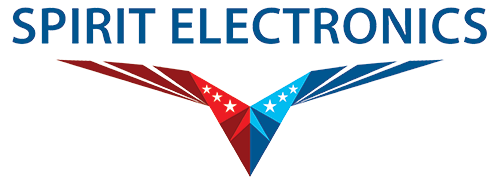Microelectronics Destructive Physical Analysis (DPA)
Ensuring the quality of your product and its constituent parts – discrete components, circuit boards, ICs, and others – is vital to ensuring reliability. One way to develop a deeper understanding of a device’s construction and thereby determine possible ways to improve it – or, perhaps, to determine whether it has been built to the necessary specification – is to perform a Destructive Physical Analysis or DPA.
Fundamentals
A microelectronic Destructive Physical Analysis is a rigorous series of tests designed to generate a comprehensive set of qualitative and quantitative characteristics of a given device type.
Depending on the type of sample, the battery of tests may include physical stress tests (e.g. wire pull, die shear, Young’s modulus, etc.), device teardown (e.g. decapsulation, cross-section, etc.), high-resolution imaging (either optically or with the electron microscope), and other methods of inspection.
Integrated circuits, for example, might be decapsulated and delayered to gather measurements on metal thinning and step coverage. Ceramic capacitors, on the other hand, might be cross-sectioned to measure dielectric thicknesses.
Generally, the quantitative data generated will be compared to specifications or prints to determine compliance to the design or other spec sheet; variation of a process outside specified parameters may have negative implications for device reliability and functionality.
Sample types
Practically any electronic device or assembly can be subjected to destructive physical analysis in order to characterize a process or product lot.
Whether your product is a simple discrete like a resistor or a complex, densely-routed circuit board, a DPA can produce valuable information.
Depending on your needs, Spirit can either work to a standard procedure (as in a MIL-STD DPA) or develop a custom testing schedule based on a set of desired data provided at the start of the project.
Applications
- Comparing the quality of products ordered from multiple subcontractors
- Verifying that a mature product remains within specifications
- Qualifying a new product, subcontractor, process, etc.

